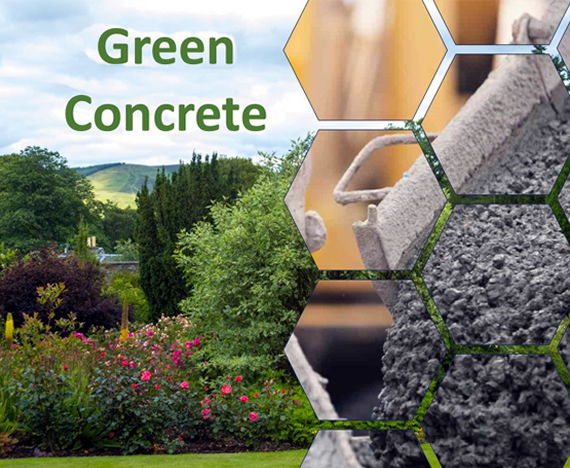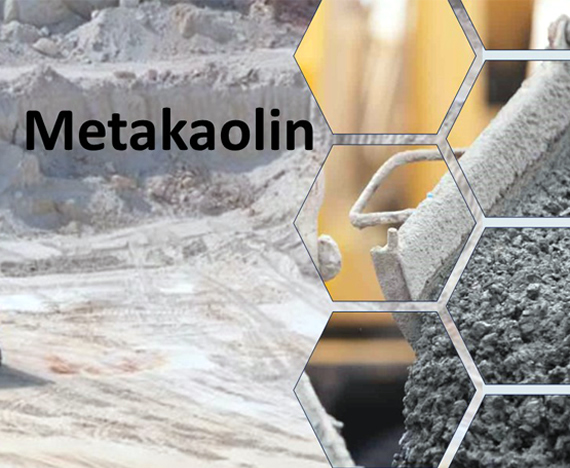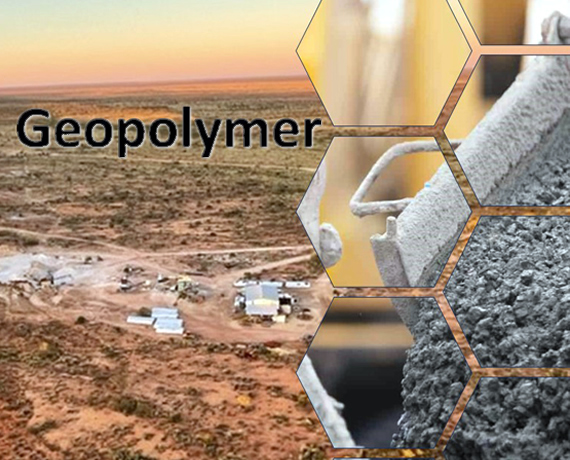Metakaolin
Amorphous silica, particularly in the form of metakaolin, plays a pivotal role as a pozzolan in concrete, contributing to its strength, durability, and sustainability. When incorporated into concrete mixes, metakaolin reacts with calcium hydroxide produced during cement hydration, forming additional calcium silicate hydrates (C-S-H), which enhance the material's strength and reduce permeability.
This results in improved resistance to cracking, chemical attack, and freeze-thaw cycles. Moreover, metakaolin's fine particle size aids in reducing water demand, enhancing workability, and decreasing the heat of hydration, reducing the risk of thermal cracking. Embracing metakaolin in concrete formulations aligns with sustainable practices, reducing carbon emissions associated with cement production.
This amalgamation of technical and scientific principles underscores the multifaceted benefits of amorphous silica, such as metakaolin, in advancing concrete technology
Key Benefits
Improved Strength
Amorphous silica and metakaolin are highly reactive materials. When added to concrete, they can lead to increased compressive strength, making the concrete more robust and durable.
Reduced Permeability
These pozzolanic materials can help reduce the permeability of concrete, which means that it becomes less susceptible to the ingress of water and harmful chemicals.
This is particularly important for extending the service life of concrete structures.
Enhanced Workability
The use of amorphous silica and metakaolin can improve the workability of concrete mixes, making it easier to handle during construction while maintaining desired properties.
Mitigation of Alkali-Silica Reaction (ASR)
Amorphous silica is known to mitigate the risk of alkali-silica reaction, a chemical reaction that can cause cracking and deterioration in concrete due to the interaction between alkalis from cement and reactive silica in aggregates.
Reduced Heat of Hydration
Metakaolin, in particular, can reduce the heat of hydration in concrete, which is beneficial in mass concrete applications where excessive heat can lead to cracking and reduced strength.
Enhanced Durability
By increasing the density and reducing the porosity of concrete, these pozzolans can significantly enhance the durability of concrete, making it more resistant to freeze-thaw cycles, chemical attack, and other environmental factors.
Environmental Benefits
The use of amorphous silica and metakaolin in concrete can contribute to sustainability efforts by reducing the demand for Portland cement, which is energy-intensive to produce and contributes to greenhouse gas emissions.
Improved Chemical Resistance
These pozzolans can enhance the resistance of concrete to chemical attack, making it suitable for applications in aggressive environments, such as wastewater treatment facilities.
Control of Expansion
In some cases, amorphous silica and metakaolin can help control the expansion caused by delayed ettringite formation (DEF) in concrete, which can lead to cracking.
More Information
We have developed a range of fact sheets to provide you with helpful information and data. Download any fact sheet that may be helpful for your requirements.
Pozzolan Fact Sheet
Spec Sheet






